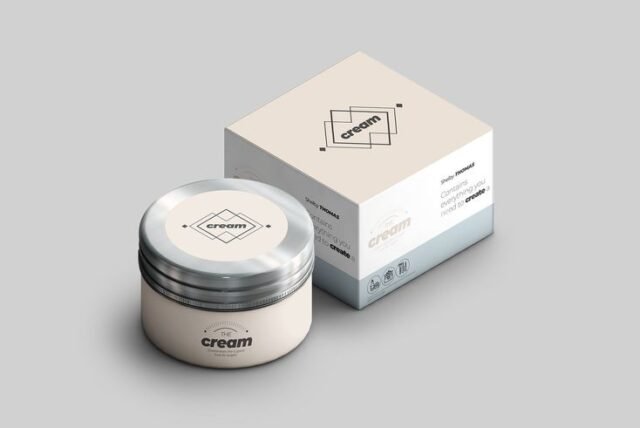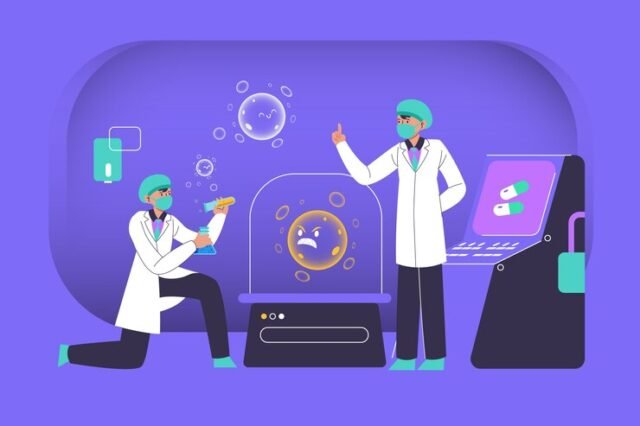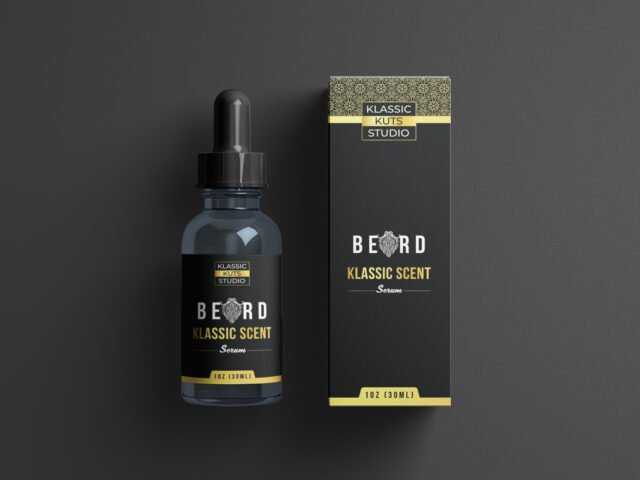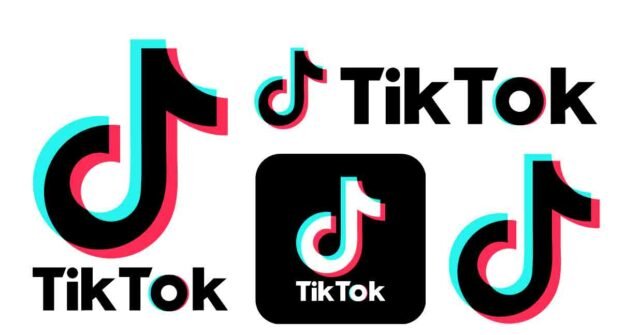In recent years, technological advancements have reshaped the healthcare industry, introducing innovative solutions for both medical professionals and patients. Among these innovations, 3D animation has emerged as a powerful tool that is transforming various aspects of healthcare. By enabling dynamic, realistic visualizations, 3D animation plays a significant role in improving medical education, patient communication, and complex surgical planning. In this blog, we will explore how 3D animation is transforming the healthcare sector, highlighting the impact of 3D animation services and the role of animation studios in Chicago in driving this change.
1. Enhancing Medical Education and Training
Detailed Visualizations of Anatomy
One of the most significant impacts of 3D animation in healthcare is its ability to provide detailed and accurate visualizations of the human body. Traditional 2D images, while helpful, often fail to capture the complexity of anatomical structures. 3D animation allows medical students and professionals to study intricate systems, such as the cardiovascular or nervous system, from multiple angles. This level of detail enhances understanding, making it easier for learners to grasp complex concepts.
For instance, animation studios In Chicago and other major cities are creating sophisticated 3D models that replicate the human body in astonishing detail. These animations allow for virtual dissections and interactive exploration, giving students a more engaging and immersive learning experience.
Simulating Medical Procedures
Training healthcare professionals to perform surgeries and medical procedures requires hands-on experience. However, not all students can gain access to real-life surgical opportunities during their training. This is where 3D animation comes into play. By simulating medical procedures using 3D animation, medical students can practice surgeries and other procedures in a risk-free, virtual environment. These simulations provide real-time feedback, allowing students to refine their techniques without the pressure of working on actual patients.
For example, 3D animation services have been used to create realistic surgical simulations, enabling students to practice complex operations like heart surgeries or organ transplants. The immersive experience provided by these simulations bridges the gap between theoretical knowledge and practical application.
2. Revolutionizing Patient Communication
Explaining Medical Conditions
One of the challenges in healthcare is effectively communicating medical conditions and treatment options to patients. Patients often find it difficult to understand complex medical terminology and processes, leading to confusion and anxiety. 3D animation can simplify this communication by visualizing medical conditions in a way that is easy to understand.
For instance, an animation studio in Chicago might create a 3D animation that explains how a tumor develops or how a certain disease affects the body. These visual aids help patients grasp their condition more clearly, empowering them to make informed decisions about their treatment.
Demonstrating Treatment Options
When discussing treatment plans with patients, 3D animation can be a valuable tool for healthcare professionals. Visualizing surgical procedures or treatment options using 3D animations enables patients to better understand what to expect during surgery or therapy. For instance, showing a 3D animation of how a knee replacement surgery will be performed can reduce patient anxiety and increase confidence in the medical team.
By leveraging 3D animation services, doctors can visually demonstrate treatment options in real-time, making it easier to explain the risks and benefits of each option. As a result, patients feel more informed and involved in their care, improving overall patient satisfaction.
3. Supporting Surgical Planning and Precision
Visualizing Surgical Procedures
In complex surgeries, precision is critical. 3D animation can be used to create detailed models of a patient’s anatomy, helping surgeons plan their procedures with greater accuracy. For example, surgeons can view a 3D representation of a patient’s heart or brain, allowing them to strategize the best approach for the operation. This technology also enables surgeons to anticipate potential challenges before entering the operating room, reducing the likelihood of complications.
Many animation studios in Chicago are collaborating with hospitals and medical institutions to create customized 3D surgical animations. These models are often used to rehearse procedures, ensuring that every aspect of the surgery is planned meticulously. By practicing the surgery in a virtual environment, surgeons can improve their precision and reduce the risk of errors.
Robotic Surgery and 3D Animation
Robotic-assisted surgeries are becoming increasingly common, and 3D animation plays a key role in guiding these procedures. 3D animations help surgeons control robotic systems by providing real-time visual feedback. This level of visualization is especially useful in minimally invasive surgeries, where small incisions are made, and the surgeon relies heavily on visual aids to navigate the patient’s anatomy.
The integration of 3D animation services in robotic surgery allows for more precise movements, reducing recovery time for patients and minimizing the risk of complications.
4. Facilitating Drug Development and Research
Visualizing Molecular Interactions
Drug development is a complex process that involves understanding how drugs interact with the human body on a molecular level. 3D animation has become an essential tool in pharmaceutical research by visualizing molecular structures and interactions. Scientists can use 3D animations to study how drugs bind to specific receptors, which helps in designing more effective medications.
Many animation studios in Chicago are working with pharmaceutical companies to create detailed 3D visualizations of molecular interactions. These animations provide valuable insights into how drugs work at a microscopic level, accelerating the drug development process.
Simulating Clinical Trials
Clinical trials are a crucial part of the drug development process, but they can be time-consuming and expensive. 3D animation services are now being used to simulate clinical trials, allowing researchers to test the effects of new drugs in a virtual environment. By simulating how a drug interacts with the human body, researchers can predict potential side effects and efficacy without the need for extensive physical trials.
These simulations can also help in optimizing dosages and delivery methods, leading to more efficient drug development and faster approval times.
5. Promoting Public Health Education
Animated Public Health Campaigns
Public health campaigns play a vital role in educating the population about important health issues. However, traditional public health messages can sometimes fail to engage audiences. 3D animation offers a dynamic and engaging way to communicate public health information, making it easier to convey important messages to a broad audience.
For instance, during the COVID-19 pandemic, many animation studios in Chicago and around the world created 3D animations to explain how the virus spreads and the importance of preventive measures like wearing masks and getting vaccinated. These visual aids were shared widely on social media and helped improve public understanding of the virus.
Educating Children About Health
Children are often a challenging demographic to reach when it comes to health education. 3D animations can be a powerful tool for engaging young audiences and teaching them about important health topics. By creating fun and interactive 3D animations, healthcare organizations can educate children about hygiene, nutrition, and exercise in an entertaining way.
For example, a Chicago-based animation studio might create an animated series that teaches children about the importance of washing their hands or eating a balanced diet. These animations make health education more accessible and enjoyable for younger audiences.
6. Improving Medical Device Demonstrations
Visualizing Device Functionality
Medical devices are becoming increasingly sophisticated, and it can be challenging for healthcare professionals to understand how these devices work. 3D animation services are being used to create detailed visualizations of medical devices, demonstrating how they function in real-world scenarios.
For instance, an animation studio in Chicago might create a 3D animation that shows how an implantable device, such as a pacemaker, interacts with the body. These visualizations make it easier for doctors to understand the device’s functionality and explain it to patients.
Supporting Medical Device Marketing
Medical device manufacturers are also using 3D animation to market their products to hospitals and healthcare providers. By creating 3D animations that showcase the features and benefits of a device, companies can provide a more engaging and informative presentation. These animations help healthcare professionals make more informed purchasing decisions, ultimately improving patient care.
Conclusion
The healthcare industry is undergoing a significant transformation, driven by advancements in technology, and 3D animation is at the forefront of this change. From enhancing medical education to improving surgical precision and patient communication, 3D animation services are revolutionizing how healthcare professionals and patients interact with medical information.
With the support of animation studios in Chicago and other regions, the future of healthcare looks brighter, with more precise medical procedures, better patient outcomes, and faster drug development processes. As the technology continues to evolve, the potential applications of 3D animation in healthcare will only expand, leading to even greater innovations in the field.
Whether it’s creating detailed visualizations of the human body, simulating surgeries, or educating the public about health issues, 3D animation has proven to be a transformative tool that is shaping the future of healthcare.
























